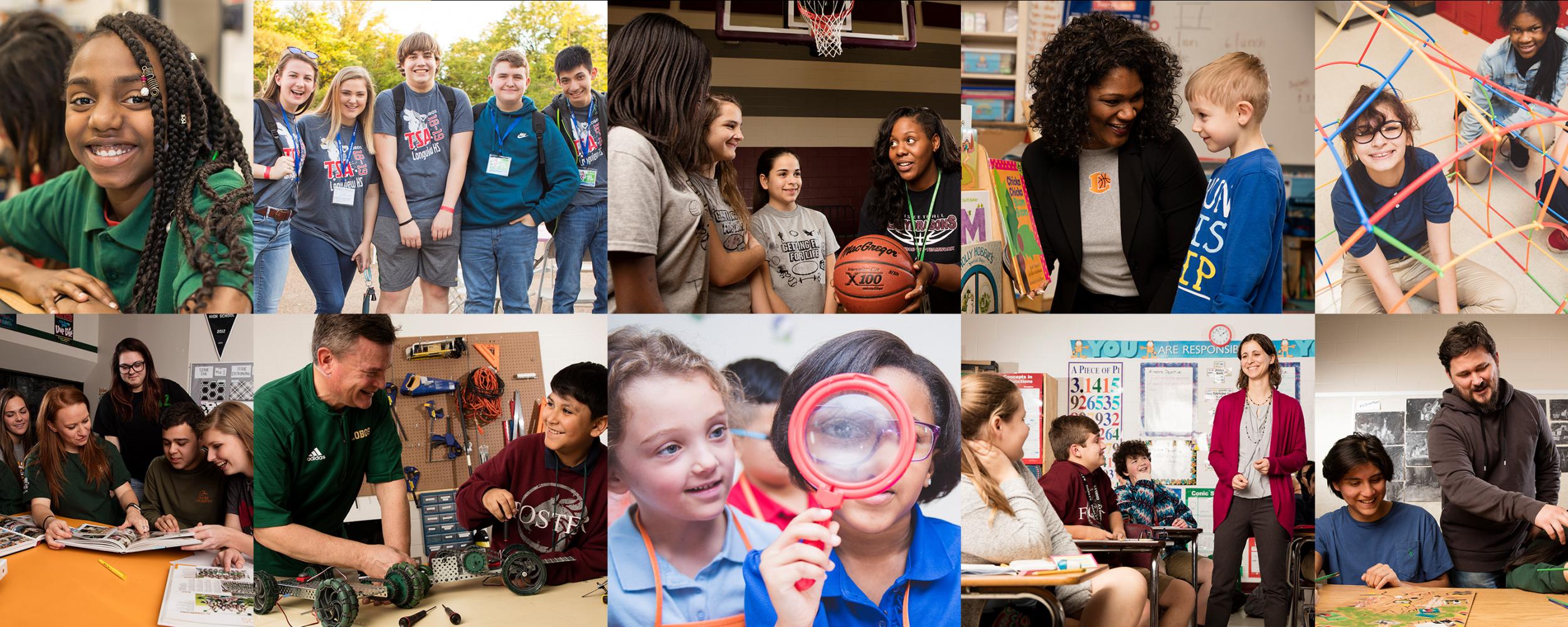
A Strategic Approach to Biliteracy Education
Annette Torres Elías, Ph.D.
Rationale
Decades of research indicate that the most efficient pathway to literacy is a child’s native language (Escamilla, 1998; Thomas & Collier, 2001; Snow, Burns & Griffin, 1998). Literacy knowledge in the first language forms a solid foundation of concepts and skills that transfer to literacy in a second language (Cummins, 2004). A child with a strong literacy foundation in the native language will be able to transfer many skills to the second language (Clay, 1993). Phonological awareness, for example is a skill that has been identified as transferable to a second language in several quantitative studies.
If knowledge is effectively and strongly developed in the native language, then it can be efficiently transferred to a second language (Saville-Troike, 1977). Literacy and academic proficiency in the first language foster conceptual and academic growth. This, in turn, facilitates literacy acquisition and academic achievement at the highest levels in the second language (Cummins, 1985, Cummins, 1987; Thomas & Collier, 1997, 2001). In order to achieve biliteracy, however, students need consistent and strategic reading and writing instruction in both their native language and English. The proposed model accomplishes this goal by taking a constructivist approach to biliteracy.
In this model, literacy in one language does not replace literacy in the second language; this would be counterproductive to the biliteracy goal. In that sense, there is not a transition to English literacy but an addition of English literacy instruction to the native language instruction resulting in biliteracy instruction. Students need to be able to practice reading and writing in their native language consistently so that they can continue to strengthen and extend their skills. Therefore, opportunities to strengthen literacy in the 1st language are kept throughout the program and the addition of English literacy is carefully scaffolded. Biliteracy instruction in this model is not an outcome, but rather a process that is strategically planned with the individual needs of each child in mind. The recommendations below are for grades PK-5th.
Biliteracy instruction depends not on the grade level of the student, but on their reading level. Careful attention to oral language development is critical to the success of this model. Students need to be able to understand the stories they are reading accessing several sources of information (syntactic, semantic and graphophonic) in both their first and second language. Therefore, teachers are encouraged to support the development of both the native language and the second language on a daily basis. Carefully planned opportunities must be arranged for students to rehearse their aural and oral skills and develop academic vocabulary.
Biliteracy teachers must also use a balanced and comprehensive approach to reading and writing instruction. Explicit strategic instruction is an important component of a balanced approach to biliteracy. There are many skills that transfer naturally for bilingual students but there are also important differences that must be addressed explicitly with clear and generative examples (August & Shanahan 2006). Book selection must be considered carefully, matching readers to books in a way that allows students to use their current strategies and to initiate new behaviors (Clay).
Students who are struggling to learn how to read and write must be provided early intervention in their native language in the form of supplemental support that complements classroom instruction (Slavin & Cheung, 2003). This can be accomplished with classroom small group instruction and individualized instruction for students who need additional support. Gains in the native language must be nurtured and biliteracy instruction carefully considered for struggling readers who receive and discontinue early intervention (Escamilla; Rodríguez; Torres, 2007).
Model: Strategic Approach to Biliteracy Education (SABE)
Native Language Reading Level (NLRL): The student will read these levels at the easy range and with fluency/comprehension.
FP: Fountas-Pinnell Guided Reading Levels.
EDL:Evaluación del Desarrollo de la Lectura Students above level 38 will be provided equal biliteracy opportunities at home (50% in both languages). Students will keep a reading log and read independently every day in L1 and L2
Early Literacy Development
(Chart 2)
References:
Clidas, Janne. Guided Reading with Emergent Readers. Bebop Books, New York. Accessed March 16, 2009 at http://www.bebopbooks.com/images/pdfs/intro.pdf
Ages of Development. Reading A-Z. Accessed March 16, 2009 at http://www.readinga-z.com/guided/stages.html#early
Stages of Early Literacy Development. Bank Street Guide to Literacy. Accessed March 16, 2009 at http://www.bnkst.edu/literacyguide/early.html